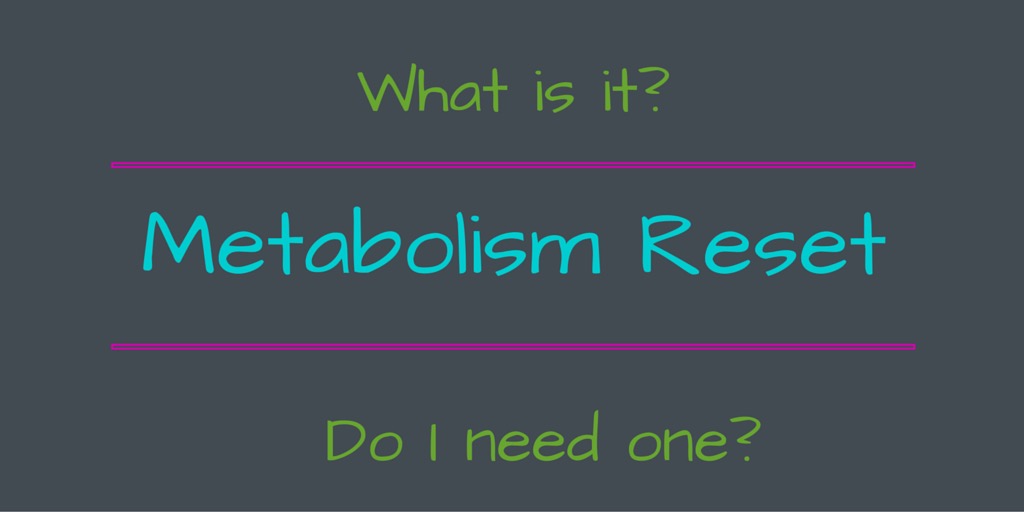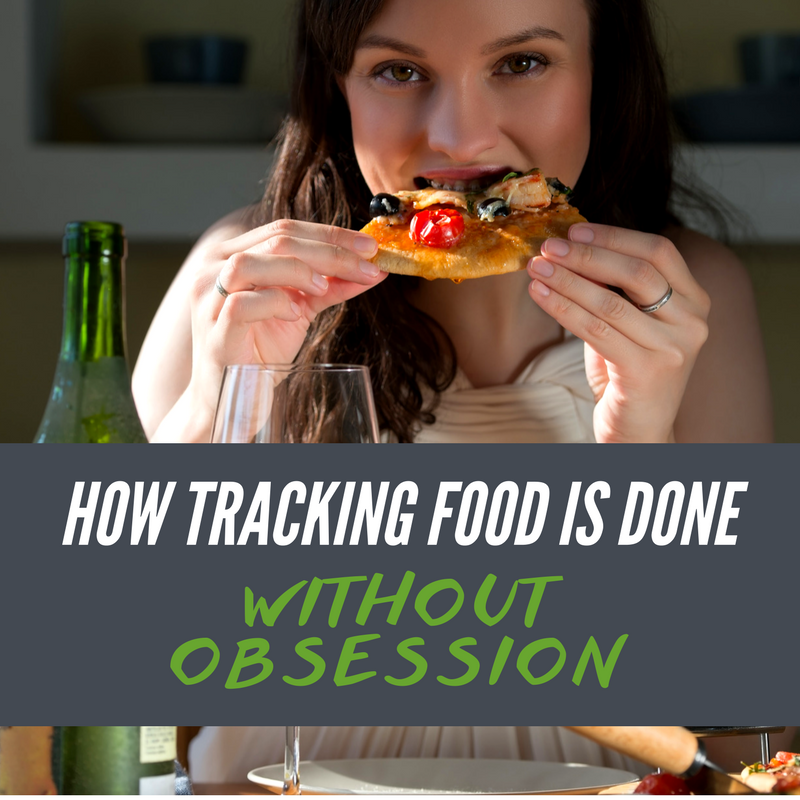How Much Should Women Over 40 Eat for Fat Loss?
Figuring out how much to eat for fat loss can feel like navigating a maze, especially for women over 40.
It’s a question I get all the time: “How much should I eat for fat loss?” So trust me, you’re not alone if you find yourself frustrated by the conflicting information out there.
It’s an important question, yet many overlook the importance of understanding their current eating habits before making changes. In this post, we’ll explore how to determine your caloric intake, why it matters, and how it can set you up for success on your fat loss journey.
The Importance of Knowing Your Current Caloric Intake
Before jumping into a diet plan or calorie-reduction strategy, the first step is to understand how much you’re currently eating. This may seem straightforward, but many people skip this essential piece of the puzzle, particularly those trying to DIY their weight loss journey.
Why Current Intake Matters
For women over 40, life gets busier, and managing time can become overwhelming. Often, there’s a desire for quick fixes — “just tell me what to do!” However, without understanding your current caloric intake, you’re essentially throwing darts in the dark. Whether you’re trying to lose fat or gain muscle, knowing your baseline intake is vital.
How to Calculate Your Current Caloric Intake
1. Track Your Food: Start by logging everything you eat for at least three days. You can use apps like MyFitnessPal or keep a physical food diary. This helps you become more aware of your eating habits.
2. Evaluate the Data: Once you have three days of logged food, assess the average calories and macros you’ve consumed. If you haven’t tracked before, it’s common for your intake to change once you become aware of what you’re eating.
3. Understand Duration: Ask yourself, “How long have I been eating this way?” If you’ve recently become conscious of your eating habits, your current intake may not represent your usual consumption patterns. It’s crucial to establish how normal this level of eating is for you.
The Next Step: Finding Your Ideal Caloric Needs
After determining your current caloric intake, the next question is, “How much should I be eating?” Here’s how to find out:
1. Use Calorie Calculators: There are plenty of online calculators to help you estimate your caloric needs based on your age, weight, activity level, and goals. You can also refer to wearable devices like Fitbits or Apple Watches for an estimate of your daily calorie burn.
2. Compare the Numbers: Take your average intake and compare it with the number generated by the calorie calculators. Are you currently eating less, more, or about the same as what you should be? This comparison will guide your next steps.
Understanding the Discrepancy
Let’s say your logs show you’ve been averaging about 1,800 calories, but the calculator suggests you should be consuming around 2,400 calories for maintenance. What does this mean? If you’re not losing weight at your current intake, it indicates a significant gap between your needs and your intake.
What to Do with This Information
• Consider Your Options: If you’re at 1,800 calories but should be at 2,400 for maintenance, you have a choice to make. You can either gradually increase your caloric intake to heal your metabolism or decide to stay at a lower caloric level. Just remember, drastic calorie cuts can lead to muscle loss and a slower metabolism, especially for women over 40.
• Be Informed: Understanding these numbers is critical. Ignoring the gap between what you’re eating and what you should be eating can lead to confusion, frustration, and ultimately wasted time on your weight loss journey.
Moving Forward with Your Fat Loss Journey
Once you know how much you should be eating, the path becomes clearer. Whether your goal is fat loss or muscle gain, having this foundational knowledge will allow you to create a tailored approach that works for your body and lifestyle.
Keep Track and Stay Accountable
As you start adjusting your caloric intake, continue tracking your food and monitor how your body responds. This ongoing awareness will help you make necessary adjustments and keep you motivated.
Conclusion
The question of how much women over 40 should eat for fat loss is multi-faceted. Starting with an understanding of your current caloric intake is crucial. Take the time to track, evaluate, and adjust your eating habits accordingly. This foundational step can save you years of frustration and pave the way for sustainable fat loss.
If you’re looking for more guidance on navigating your caloric intake and fat loss journey, consider checking out resources like the EM2WL Starter Kit or the Master Your Metabolism Masterclass. These tools can provide you with the knowledge and strategies needed to succeed.
By using this structured approach, not only do you set yourself up for success, but you also empower yourself with the knowledge needed to make informed choices moving forward. Remember, it’s not just about eating less; it’s about eating right!
Discover more from Eat More 2 Weigh Less
Subscribe to get the latest posts sent to your email.





Recent Comments